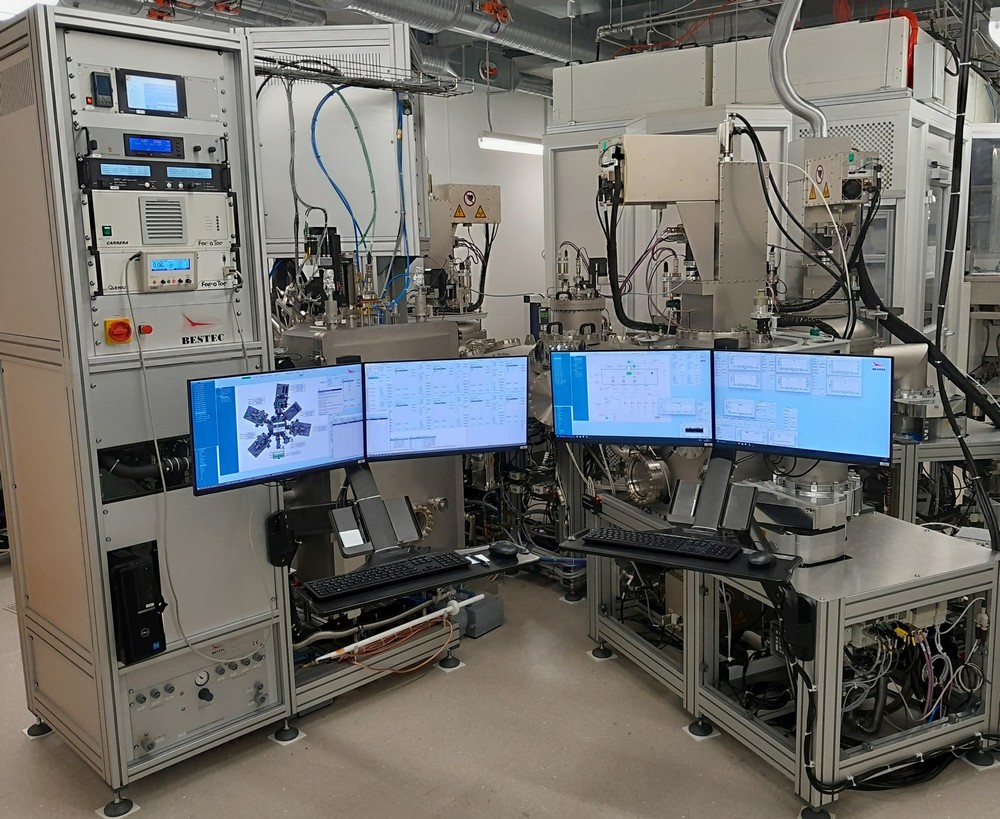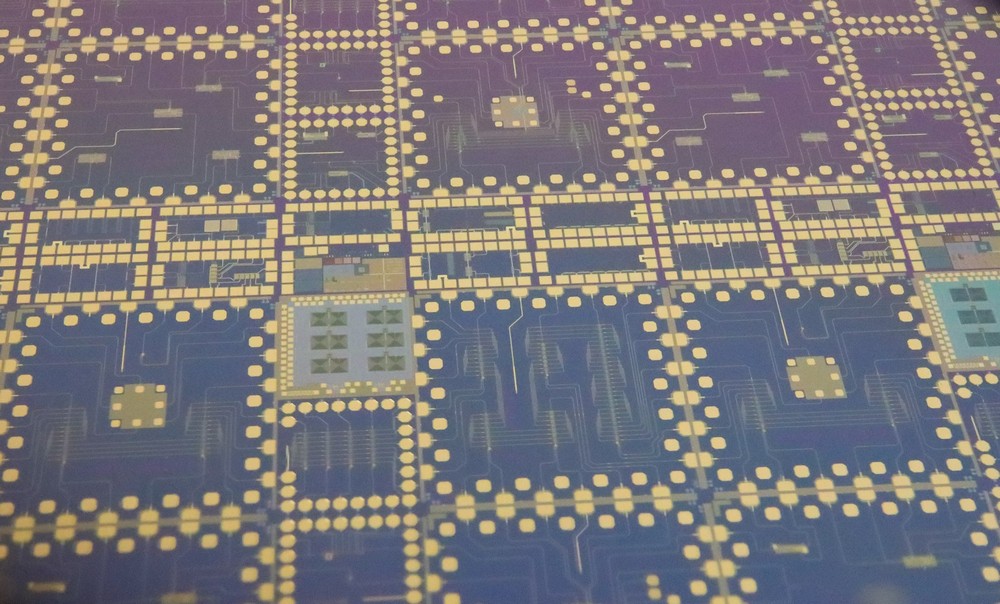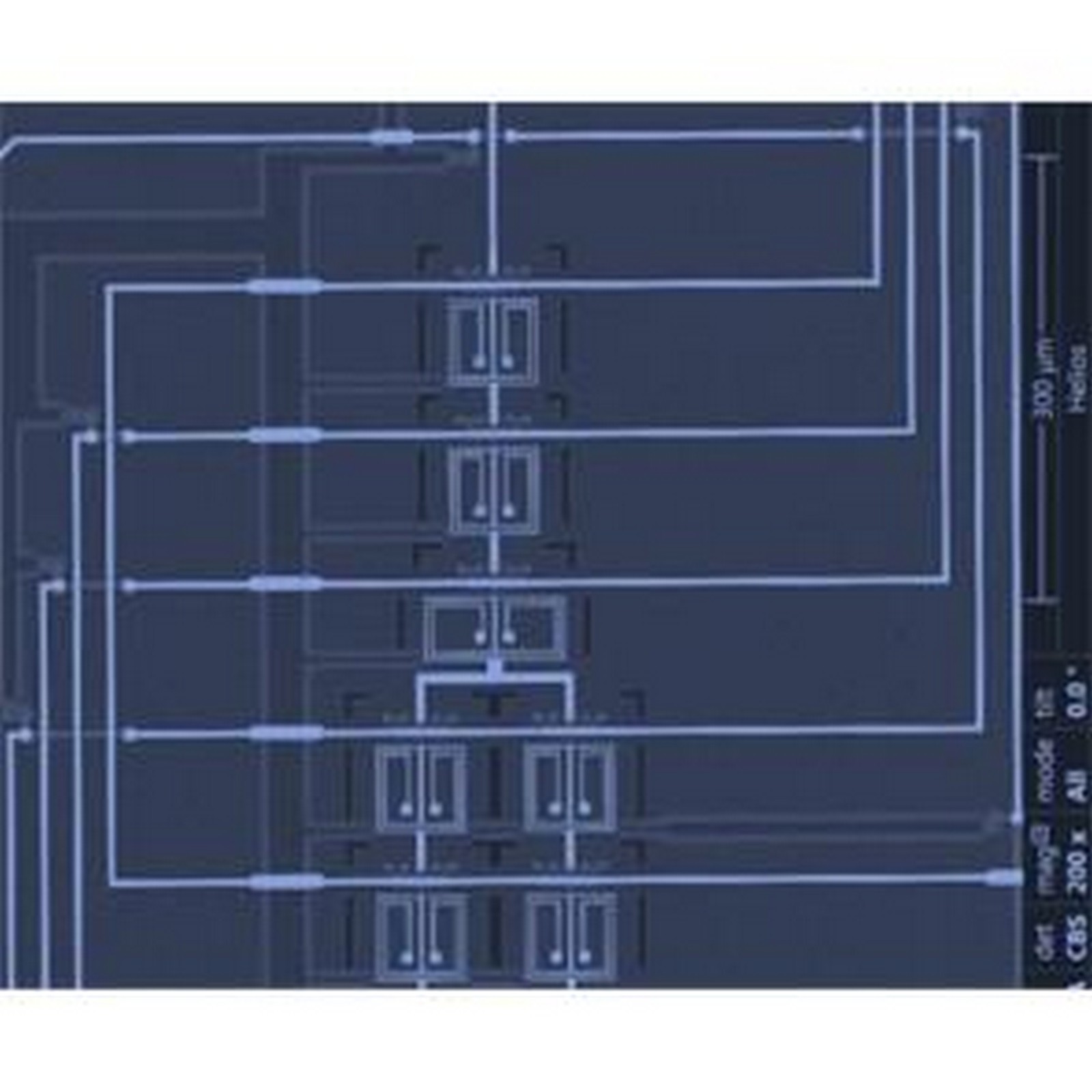Leibniz Institute of Photonic Technology (IPHT), Germany
Presentation
Since 1997, Leibniz IPHT located in Jena/Germany established foundry processes for the fabrication of analogue, digital as well as mixed-signal circuits including Superconducting Interference Devices (SQUIDs), rapid single flux quantum (RSFQ), as well as adiabatic quantum flux parametron circuits (AQFP) within the framework of the European network FLUXONICS. Today, these processes are based on the high quality of the implemented Niobium cross-type sub-µm Josephson junctions. The foundry quality management system is certified by ISO9001.
Due to their low power dissipation and fast clock rates, the digital circuit families are important candidates for future high-performance computing and for realizing interfaces to novel quantum technologies based on qubits, quantum sensors, and related cicruits, specifically to technologically compatible single photon detectors such as transition edge sensors (TES) or superconducting nanowire detectors (SNSPDs). Continuous development and investments, such as the recently advanced clean-room facility but also in frame of lithographical and fabrication tools ensure competitive fabrication processes and enable novel circuit structures and functionalities such as on-chip hybridization of different technologies. The fabricated circuits are key components of various demonstrators and industry products such as SQUIDs and superconducting detectors for laboratory and metrological applications, in Health and Geosciences, as well as safety scenarios. On top of this, a number of demonstrations using superconducting digital electronics have been performed, e.g., digital SQUIDs, analog to digital converters, detector readout, amplifiers and many more.
Currently, innovative 3D integration technologies are developed besides a wafer-scale Aluminum technology for the implementation of quantum bit circuits which will by hybridized in future with the formerly listed thin-film technologies based on Niobium.
The key for the success of the foundry and the fabricated circuits was the close collaboration with the partners in FLUXONICS in design, characterization, and evaluation.
Publications
Kunert, J.; Schmelz, M.; Peiselt, K.; Oelsner, G.; Reddy, S. G.; Ortlepp, T.; Stolz, R. (2024): Advanced FLUXONICS Process CJ2 Based on Sub-µm-Sized Cross-Type Nb/AlO x /Nb Josephson Junctions for Mixed Signal Circuits. In: IEEE Transactions on Applied Superconductivity 34 (3), S. 1–5. DOI: 10.1109/TASC.2024.3355024.
Mechold, S.; Peiselt, K.; Schmelz, M.; Oelsner, G.; Ziegler, M.; Hübner, U. et al. (2024): Towards Fabrication of Sub-Micrometer Cross-Type Aluminum Josephson Junctions. In: IEEE Transactions on Applied Superconductivity 34 (3), S. 1–5. DOI: 10.1109/TASC.2023.3343681
Schmelz, Matthias; Mutsenik, E.; Bravin, S.; Sultanov, A.; Ziegler, M.; Hübner, U. et al. (2024): Wafer-Scale Al Junction Technology for Superconducting Quantum Circuits. In: IEEE Trans. Appl. Supercond. 34 (3), S. 1–5. DOI: 10.1109/TASC.2024.3350580.
Zakosarenko, V.; Schmelz, M.; Kunert, J.; Il’ichev, E.; Stolz, R. (2024): Design dependence of noise in Nb-based dc SQUIDs. In: Supercond. Sci. Technol. 37 (7), S. 75024. DOI: 10.1088/1361-6668/ad5627.

Advanced sputter cluster tool for the certified fabrication of superconducting circuits.


